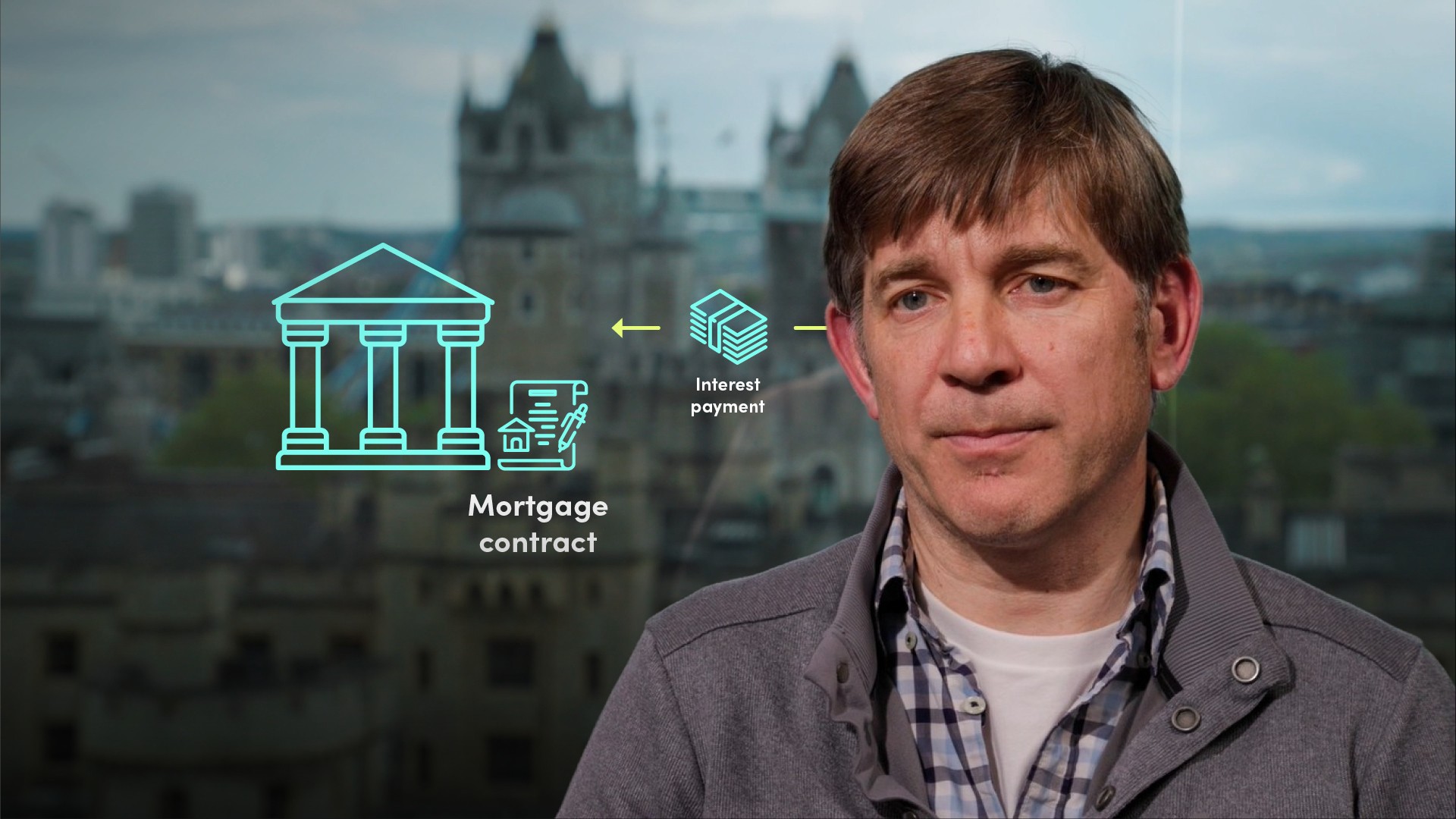
Bank Solvency and Liquidity Risks

Chris Blake
Director
The key activities for banks create risks such as credit, liquidity and funding maturity mismatch alongside market risks, both in terms of traded and non-traded. Banks accept these risks and need to have good knowledge, controls and governance to manage them. This video delves into these areas in more depth.
The key activities for banks create risks such as credit, liquidity and funding maturity mismatch alongside market risks, both in terms of traded and non-traded. Banks accept these risks and need to have good knowledge, controls and governance to manage them. This video delves into these areas in more depth.
Subscribe to watch
Access this and all of the content on our platform by signing up for a 7-day free trial.

Bank Solvency and Liquidity Risks
7 mins 1 sec
Key learning objectives:
Outline the principal risks to which banks are typically exposed
Define solvency risks
Define liquidity and funding risks
Overview:
This video considers the main risks that banks run in the hope of making a profit, while, at all times, controlling and managing those risks. It is the decisions to take financial risk that sets banks (and building societies) apart from other types of company. In manufacturing terms, financial risk is the product that bank “manufacture”.
Subscribe to watch
Access this and all of the content on our platform by signing up for a 7-day free trial.
What is Risk?
Risk can be described as the effect of uncertainty on a bank’s objectives and can lead to both positive and negative outcomes. In much of finance, risk is seen as some form of volatility along the path to a known outcome.
What are the most valuable components of banking?
- Financial resources, namely capital and liquidity
- Regulatory licence to operate e.g ability to take deposits or to participate in payment systems and professional derivative markets
- Trust and confidence of customers and market counterparties
What are the principal risks to which banks are typically exposed?
- Solvency Risk - Solvency is the risk that assets become less valuable than liabilities. When positive, this difference between assets and liabilities is called shareholders’ funds and this also forms the basis of regulatory capital. So the risk is that a bank has negative net assets; in this situation a bank would fail and we call this balance sheet insolvency.
- Liquidity and funding risk - It is the risk that, despite being balance sheet solvent, the bank is unable to meet its cash and collateral payment obligations as they come due. In this context, funding risk is the risk of not being able to obtain funds, of losing the current funds that are on the balance sheet as liabilities, or not having the correct form of funds to satisfy regulatory requirements. This can be contrasted with liquidity risk, which is the risk of either not having enough assets that can be turned into cash or not being able to turn the assets that you assumed were liquid, into cash at the time you need.
What are Non - Financial risks?
Non-financial risks are a consequence of doing business, e.g. cyber security and customer data management, outsourcing and, increasingly, the emphasis on climate change risks. These risks typically arise not from what banks do, but how they do it.
Subscribe to watch
Access this and all of the content on our platform by signing up for a 7-day free trial.

Chris Blake
There are no available Videos from "Chris Blake"



























